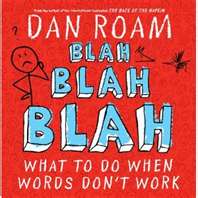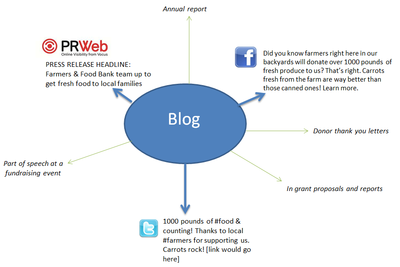 If you’re in throes of planning for GiveBIG, you’re probably wondering how someone could NOT know it’s GiveBIG tomorrow?!
If you’re in throes of planning for GiveBIG, you’re probably wondering how someone could NOT know it’s GiveBIG tomorrow?!
Because they have a lot going on.
AND even if they know it’s GiveBIG, they may not have decided whether they’re going to give to you. Bear in mind they’ve been asked by a lot of non profits to give.
If you’re sending out a Day Of email (which you should), here are 5 tips to up your open rate–a critical step on GiveBIG day:
- Put the most important information at the beginning of your subject line: It’s now or not until next year. Make it happen today. Right now. Stat!
- Stand out: Again, lots of donors getting lots of email on a busy, busy day. That’s the scenario. Make them laugh. Make them pause. Shock them. Delight them. Make them see how they can play a Big Role on the Big Day. Don’t simply say it’s GiveBIG. That’s expected and they’ll read it a bunch of time. Say it in a way that’ll make them notice YOUR email.
- Keep it short: 40-50 characters max. This also goes for the content of your email. This isn’t a ‘getting to know you’ moment. It’s a ‘get on it’ moment. Quickly remind them why they should give and then get out of their way and let them do it.
- Use ‘You‘: By using ‘you’, you help people see how they fit in. Sure, it’s about all of us and you’ll be tempted to use ‘we’. In the subject line, it’s all about the ‘you’.
- One Call to Action (CTA): Don’t distract with other Calls to Action. In your follow up email (which, of course, you will also send), give them other ways to engage. On May 2, it’s GiveBIG or go home.
Good luck tomorrow!






